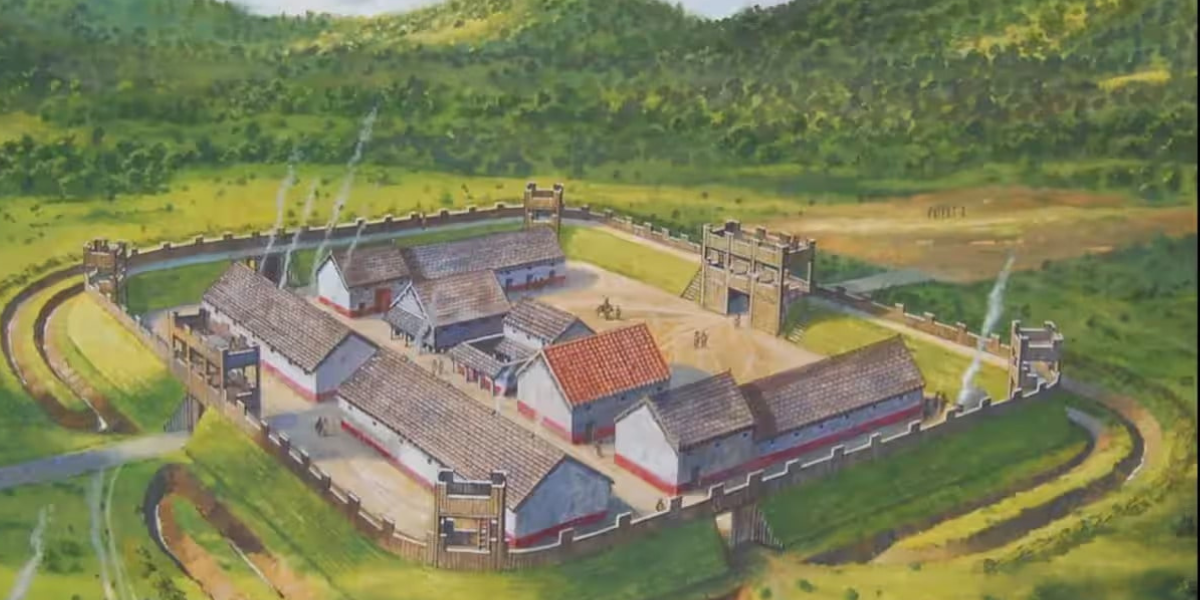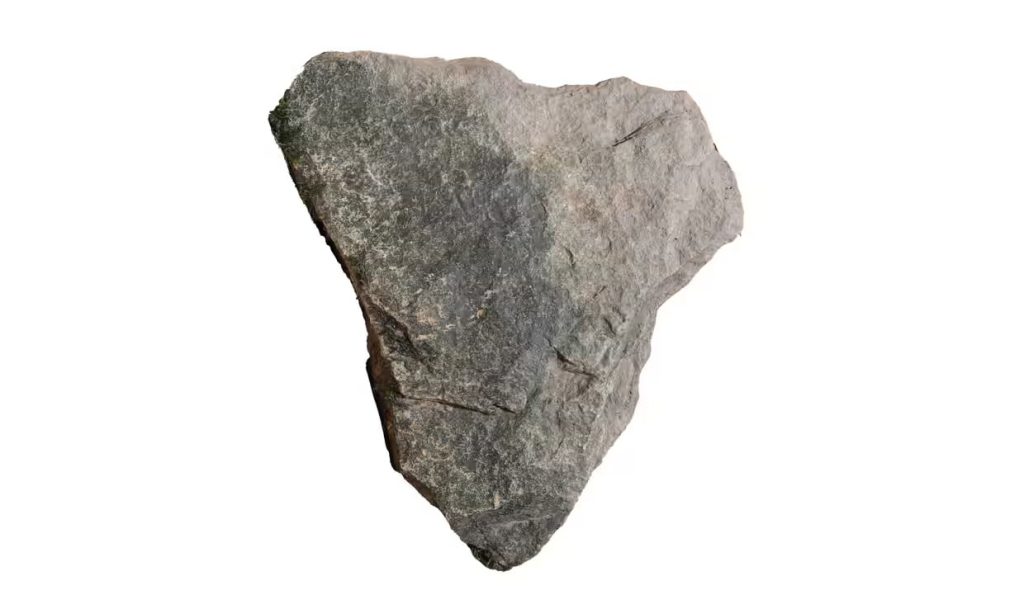
A previously unknown Roman fort discovered in North Pembrokeshire
A previously unknown Roman fort has been discovered in North Pembrokeshire in Wales. Archaeologists found the Roman fortress hidden beneath a hitherto enormous, overgrown field.
“It’s a massive fortress, an incredible discovery of national significance,” Dr. Mark Merrony, a Roman expert and tutor at Wolfson College in Oxford, told the Guardian, adding that he was “absolutely thrilled” to be responsible for such an astonishing discovery.
The discovery of this previously unknown Roman fort overturns assumptions that the region’s indigenous Celtic tribe had peaceful relations with the Roman invaders.
Dr. Mark Merrony believes the fort would have been built sometime between the first and third centuries AD, when the Roman Empire occupied the territory of the United Kingdom. It is the second Roman fort to be discovered specifically in Pembrokeshire, the other was excavated in 2013 at Wiston, near the municipality of Haverfordwest.
📣 Our WhatsApp channel is now LIVE! Stay up-to-date with the latest news and updates, just click here to follow us on WhatsApp and never miss a thing!!
In addition to discovering the remains of the castle, Merrony also confirmed that a road running past it came from the Roman Empire. He was able to do this because the road connects the fort in the field to the second one located in Wiston.
Found 2,000 years ago in Wales, it has long been believed that the Celtic Demetae tribe got along well with the Romans and posed no real threat. However, given the presence of two fortresses in the area, this appears not to have been the case.
“I no longer think they [the Demetae] were pro-Roman, but I think the Romans hit the region with an iron fist,” Dr. Merrony said.
Dr. Merrony, a native of Pembrokeshire, had often traveled along a particularly straight road – wondering if it might have been Roman – and when he looked at satellite imagery recently, his eye was drawn to an area with dimensions likely to be a Roman fort. This was not visible through the brush covering the area when standing at ground level, but it was quite obvious when viewed from above.
“Sticking out of the ground was a triangular piece that looked like a Roman roofing slate,” he said. “I thought: ‘Surely not?’ I pulled it up and lo and behold, it’s an archetypal Roman roofing slate, an absolute peach. Flip it upside down and you can see underneath a diagonal line where it was grooved to fit into the one that was underneath it. It’s a real beauty. That was the diagnostic evidence I was looking for, which is a miracle, because it’s a huge site.”

He told the farmer about his discovery of the roofing piece, and the farmer told him that there was slate and stone buried just beneath the earth all around the site (which is why the field was unplowed and essentially abandoned).
“That suggests there’s a lot of material under the ground,” Merrony said. “That’s because there’s obviously several collapsed buildings here. The slates are left, the timbers have rotted.”
Further surface-level examinations have led to the discovery of more roofing slate pieces, which are covered in streaks of rust from decayed nails and feature marks that show the pieces had been chiseled and attached to other slate tiles.
“These are diagnostically consistent with other slates from Romano-British buildings,” Merrony confirmed.
Dr. Merrony estimates that when the fort was erect, its total area would have been between 5-7.5 acres (2-3 hectares) based on its outline. According to his estimation, the fort would have been big enough to accommodate the deployment of roughly 500 Roman soldiers, which suggests that it served more as an auxiliary fort than a primary defensive position.
To protect the discovery, its location won’t be disclosed to the public until a geophysical survey is carried out.
Cover Photo: Roman Fort Project
You may also like
- A 1700-year-old statue of Pan unearthed during the excavations at Polyeuktos in İstanbul
- The granary was found in the ancient city of Sebaste, founded by the first Roman emperor Augustus
- Donalar Kale Kapı Rock Tomb or Donalar Rock Tomb
- Theater emerges as works continue in ancient city of Perinthos
- Urartian King Argishti’s bronze shield revealed the name of an unknown country
- The religious center of Lycia, the ancient city of Letoon
- Who were the Luwians?
- A new study brings a fresh perspective on the Anatolian origin of the Indo-European languages
- Perhaps the oldest thermal treatment center in the world, which has been in continuous use for 2000 years -Basilica Therma Roman Bath or King’s Daughter-
- The largest synagogue of the ancient world, located in the ancient city of Sardis, is being restored











Leave a Reply